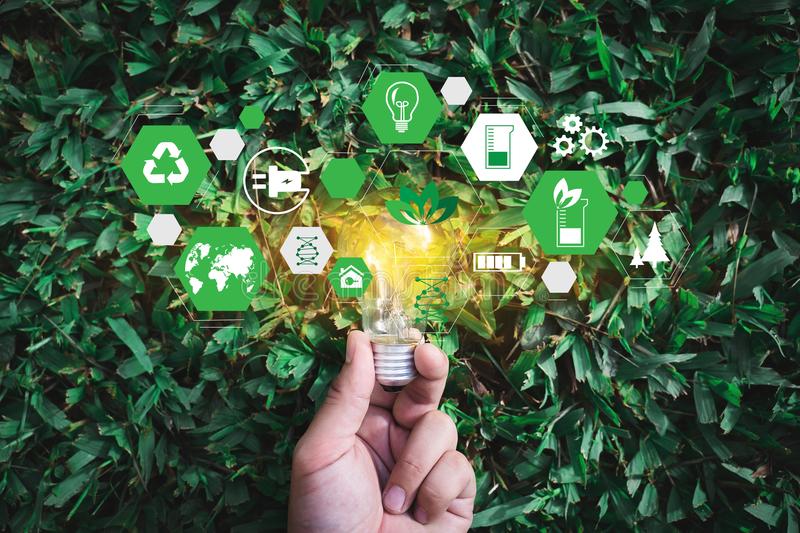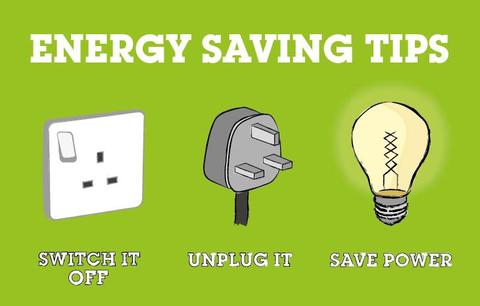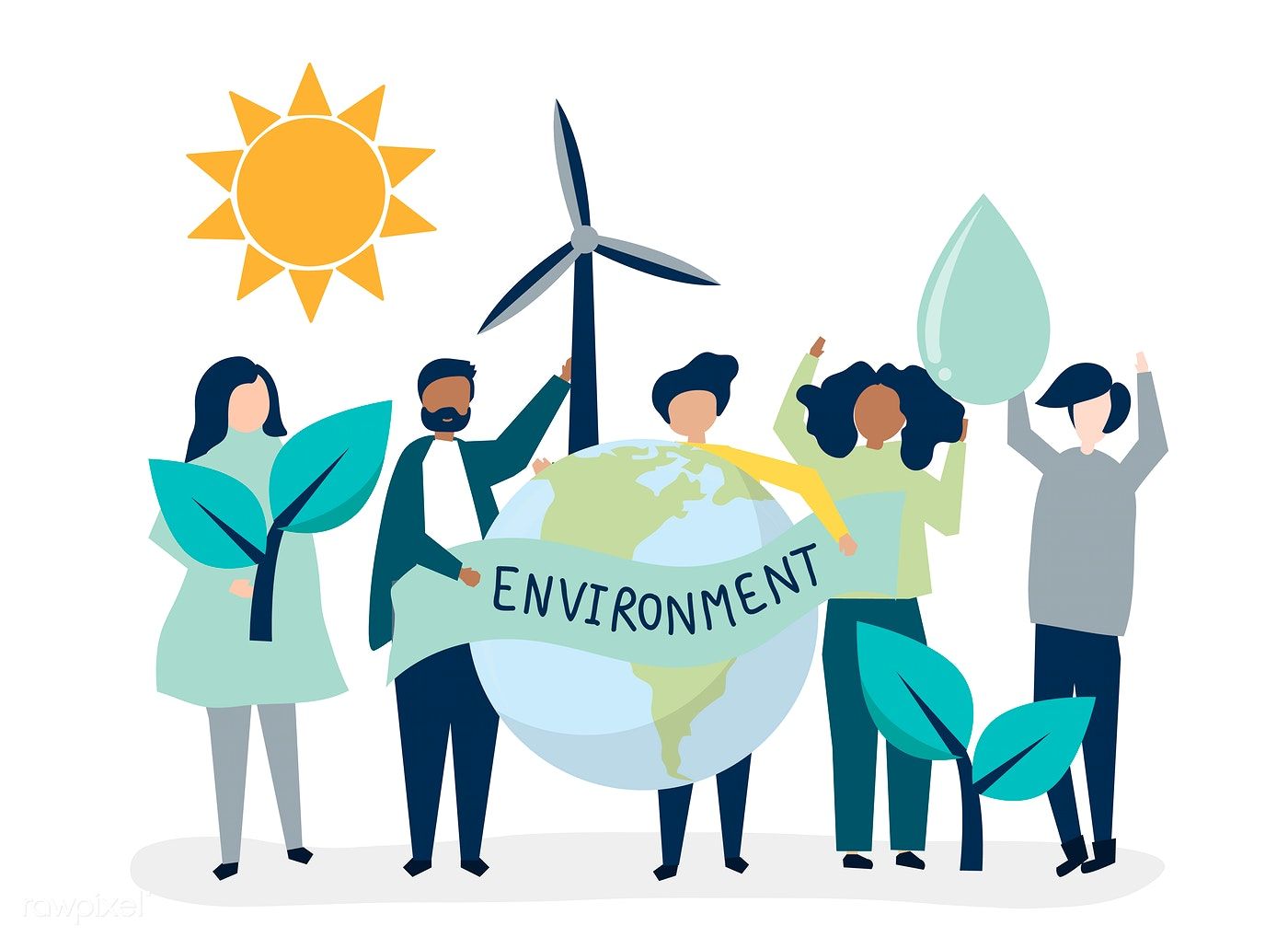
The learning/work environment is where many policies converge, such as Finance, Operation, Sales and marketing, HRM, and specific programs such as those relating to safety and security, health and wellbeing, and sustainability.
The motto People, Planet, Profit (Prosperity) sounds nice, but as a rule, it does not involve more than some adjustment of existing practices at most. At its core, environmental and climate policy requires real, painful political choices.
The ‘more’ of economic growth and the ‘less’ that benefits ecology are usually at odds. At the very least, creating awareness among those involved helps make and accept necessary choices because choices will have either economic or ecological consequences. Sustainability 3.0: The individual makes the difference. It’s mainly about behaviour change, from climate change to social change.
Be aware of architect Thomas Saunders’s wise words: “Sustainability conformance demands should not overrule or diminish the paramount strategy to design a building that is fit for purpose.”
“Change without really wanting to change is a dead end.” (René Stevens)
The goal of a company is not exclusively to optimise its profits. It also shares responsibility for social and ecological consequences. Society nowadays expects organisations to meet this Corporate Social Responsibility (CSR). In an ideal situation, there is a balance between the social implications of commercial actions, the ecological effects and the economic results for the company. This contributes to a sustainable society and leads to better results for the company. It is a trade-off between the short and long term and between ‘us’ and ‘them’. It takes into consideration long-term prosperity over short-term gain.
Sustainability
Research shows that the definition of sustainability is very wide-ranging. It covers almost everything. Its meaning depends on the context in which it is used and is subjective. There is no clear-cut and unambiguous definition. The mention of sustainability, moreover, often implies an ethical discussion about the goals humanity should be striving for. There are often conflicting interests for both society and businesses.
Sustainability has no real meaning in itself. It is a quality assigned to tangible things (such as sustainable products, services or production processes) and intangible things (such as human life, the environment and society). There are various meanings for which this word is used:
- Sustainability itself is the sense of a thing that is long-lasting in relation to its environment.
- Durability and endurability mean a thing’s inbuilt ability to resist or tolerate external influences.
- Renewability is mainly about the sensible use of energy and commodities to maintain life on planet Earth.
Sustainability therefore relates to both ‘here and now’ and to ‘elsewhere and later’.
Sustainability is a catch-all term that includes everything concerning socially responsible living, the environment, ecology, and future-oriented thinking. However, in most programs, the scope of sustainability goals is limited to carbon footprint, CO2 emission, energy consumption, and energy generation.
The following principles are generally applied to ensure long-term efficiency and prevent divestments in the real estate portfolio.
- Anticipate long-term goals early—Because real estate is realised for the long term, there are only limited natural intervention moments. With a depreciation period of at least 30 years, the target for all buildings to be energy-neutral will be pursued for new construction and renovation to prevent additional and unnecessary interventions later. By anticipating long-term goals at an early stage, an optimal basis is created.
- Linking strategic interventions to an appropriate level of ambition—The criteria on which it is decided whether or not to implement sustainable measures are related to their lifespan, the required investment, and the expected energy price development (from which the payback period is calculated). Operational costs are allowed to increase for measures that lead to an acceptable degree of improvement in the indoor climate.
- An integrated approach—Sustainability is not the only reason an organisation should adjust its real estate portfolio. Changes in the organisational structure and developments in education also lead to changing accommodation needs. In order to prevent divestments, the real estate portfolio must be approached as integrally as possible. If a building has to be renovated or if it concerns new construction, the sustainability targets must be met at the same time to avoid duplication of work. Sustainability, therefore, forms an integral part of any project scope.
Most sustainability programs test all short- and long-term decisions to the following guidelines.
- Striving for high-quality accommodation that matches a modern, dynamic and innovative educational concept in which safe, healthy and pleasant learning and working conditions are self-evident.
- In doing so, a commercial trade-off between costs and quality in relation to yields is made.
- Sustainability and future-proofing are paramount in both functional and technical requirements. The threshold limit is determined by the legal requirements set for air quality and energy efficiency.
- Confirmation of (inter)national guidelines and targets and organisational 5-year targets to follow through.
Management and maintenance
In line with the strategy and principles for sustainability, the sustainability challenge will, where possible, be integrated into the maintenance of the existing accommodation. In maintenance processes, only some aspects of a building are modified, making it impossible to make the building integrally sustainable.
The basic principle is that interventions carried out in accordance with the multi-year maintenance plan are carried out sustainably to gradually improve the sustainability level of the entire building.
When it comes to interventions, most organisations focus first on energy savings in the building. The less energy is consumed, the less energy must be generated or purchased. Finally, the various options for making the existing application of fossil energy as efficient as possible are considered.

An additional motivation to start with the sustainability theme is to make visible local involvement in combating climate change. Energy-generating installations can be used by schools as a catalyst in educational themes, business operations, external communication, and PR purposes.
Sustainability scan
From a social and business perspective, there is an angle to look at building sustainability. Therefore, every building should have an Energy Performance and Energy Indoor Climate scan, including recommendations. These tailor-made recommendations provide insight into the current energy performance of the building and also possible structural and installation improvement measures.
An Energy Performance report provides:
- An overview of the current energy performance of a building.
- Insight into architectural and installation-technical improvement measures.
- Insight into the costs, benefits and payback times of these measures.
- Insight into the CO2 reduction by implementing saving measures.
- A sound basis for consultation with the authorities.
Improved energy performance generally results in a lower energy bill, more comfort, lower environmental impact, a healthier indoor climate, and lower management costs.
Energy savings through awareness, monitoring and adjustment
Ultimately, people will make a lasting difference with their thoughts, emotions, and resulting actions. Companies can apply their influence here. A sustainable behaviour change is a journey with many small steps, falling and getting up again, but not impossible. People make choices mostly on emotional grounds, not on rational grounds alone. Much can be achieved if hearts are touched and people feel joined together for a greater cause.
The essence of a socially responsible or sustainable business operation is doing business decently. Decency is not a question of what you do but who you are. You are not only an employer or an employee; you are also a person and an inhabitant of this planet. In both capacities, you have a responsibility that is not without its obligations. By setting an example, you can inspire and influence others.
Energy-saving concerns contribute to an organisation’s social and CSR objectives, reducing its carbon footprint, improving the living environment, and being accountable for its sustainability efforts.

Reducing energy consumption is possible by:
- Good information to the users of the learn/work environment.
- Awareness of one’s behaviour about energy consumption.
- Checking the correct use of the installations, exploiting the possibilities that installations offer, setting clock times, etc.
- Monitoring and adjusting energy consumption using the Building Management System and “Smart Meters”.
- Having a base of reliable data and performance targets to benchmark an organisation’s energy consumption.
Each organisation has a different take on sustainability and the degree of sustainability, just as each organisation has a different view of quality, costs or profit. Is your goal to reduce the burden you place on the environment as far as possible, or is it to make as significant a contribution as possible to the environment?
This difference in approach can also be seen if one searches for the most sustainable building. The designation ‘most sustainable building’ depends on how one measures sustainability. Several organisations use different criteria and associated certifications, each with its own approach to sustainability. Sustainability, moreover, depends on the context and the time when it is assessed since our understanding of the concept and our measuring techniques are continually changing.
In the search for sustainability, it also emerges that ‘how far you want to go’ is a determining factor for the sustainability framework. Can a cigarette factory be sustainable because its factory building is highly sustainable, even though its product, the cigarettes, is damaging to the health of both smokers and non-smokers? Is a bank automatically sustainable if it allows your savings to contribute to a more sustainable society simply by investing in social, cultural and ‘green’ businesses? Regardless of how it treats its employees, clients, assets, etc.?
From another point of view, is there no point for a cigarette factory trying to be sustainable because its core business is not? When we all start to do what we can, sustainability will gather momentum, and in due course, new possibilities for contributing will appear.
Sustainable building or sustainable behaviour?
However valuable energy saving and reducing the CO2 footprint are, they focus mainly on making our real estate more sustainable, which is too limited an approach. This is only a part of what is needed in terms of sustainability.
Can you name and correctly calculate all your dependencies to assess what is more or less sustainable? In practice, these calculations are complex because, in many cases, the composition of the production process for products and components in terms of people, resources and materials is not known in detail. The only way to resolve this is to establish where the focus on sustainability should be in your organisation. This will always be a subjective assessment but is not a licence for taking half measures.
Employees usually have little or no involvement in the degree of sustainability. Is it enough for an employee to say that they work in a sustainable building? The more important point is whether their behaviour inside that building is sustainable. Human behaviour and action ultimately determine whether sustainable measures are effective or not.
Without emotional commitment, sustainability will not take root. Make the ‘What’s in it for me’ clear to employees: the rational financial incentives and the emotional intrinsic incentives. Make the sustainability policy simple and fun. Make it tangible and visual so that employees can recognize their own dreams, ideals, and hopes. Only then will inspiration come from the heart, and people will be genuinely motivated. They will then behave sustainably not only inside the sustainable building but also outside.
This will create a snowball effect, and their family and friends will become involved. Your employees’ behaviour will spread the policy through the chain, and customers and suppliers will become involved and inspired to make their own contributions. Something that works and possibly cannot be demonstrated with figures is better than something that looks good on paper but does not work in practice.
Be clear and transparent about your organisation’s goals regarding CSR. Indicate the priorities so that choices can be made in conflict situations. Setting an example and encouraging others is more important than producing an annual sustainability report. The sustainability policy will then not remain in the board room; it will be part of the organisation’s daily activities.

Employees are proud to work for a company that takes this approach to sustainability; they want to associate with it, creating a commitment beyond an employment contract.
Setting an example and encouragement is more important than producing an annual sustainability report.
Organisations that have their sustainable buildings certified usually use a measuring method that will likely place them at the top of the list. But what is the employer doing besides employing people in a sustainable building? The far more critical point is that individuals, people like you and me, are intrinsically motivated to (also) contribute in their daily lives to prosperity for all, now and in the future.
As an individual, you cannot change the world, but you can change your behaviour and set an example. Setting a good example is effective. Gandhi said: ‘Be the change you want to see in the world.’ It is a question of one’s attitude to life. It is not something that is the responsibility of only our political leaders or our employers.
